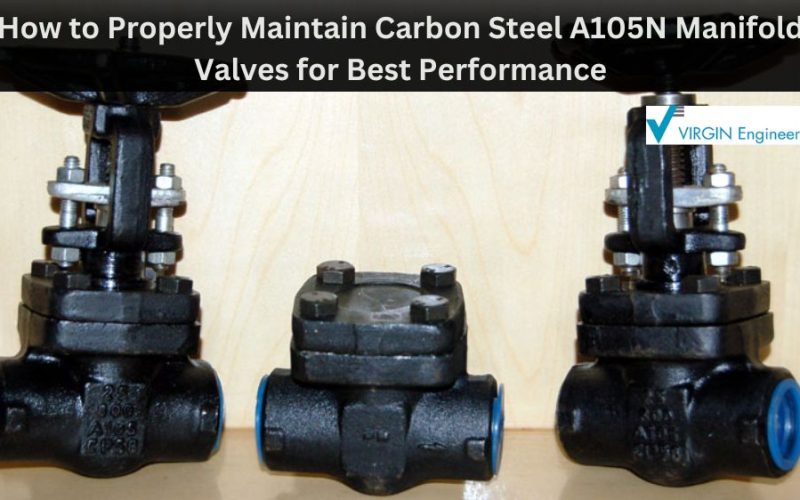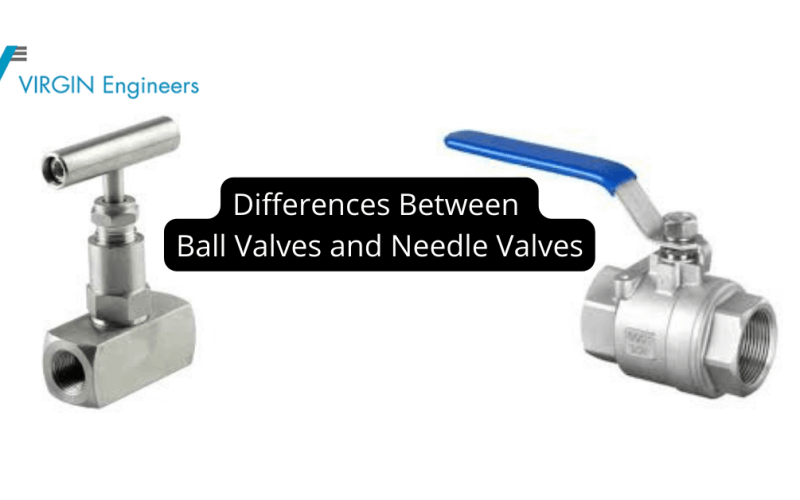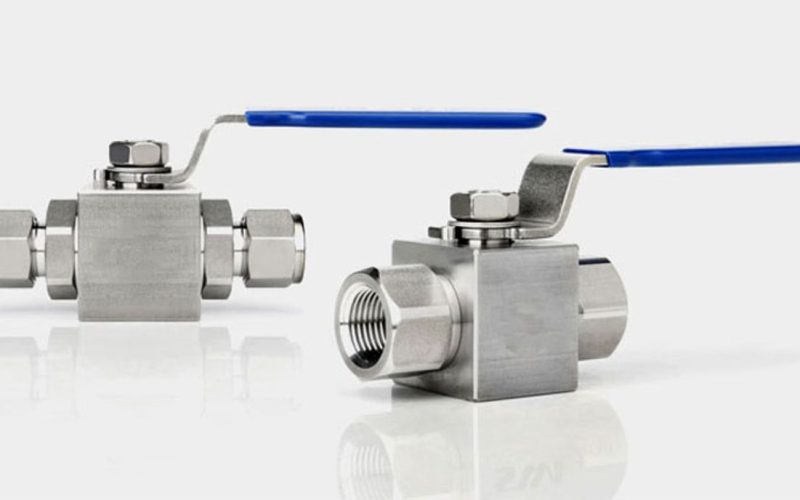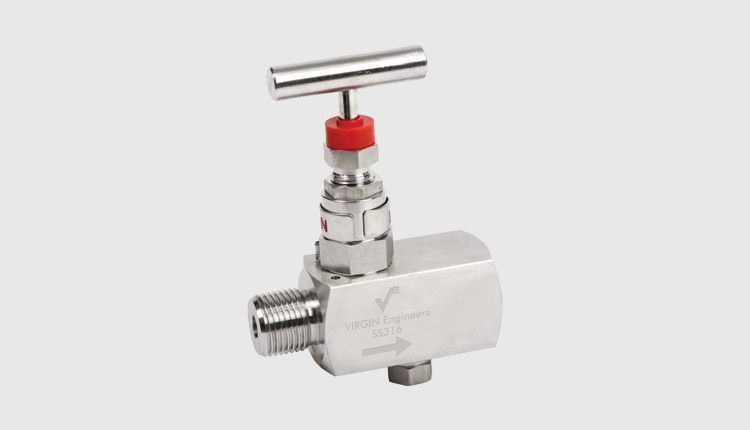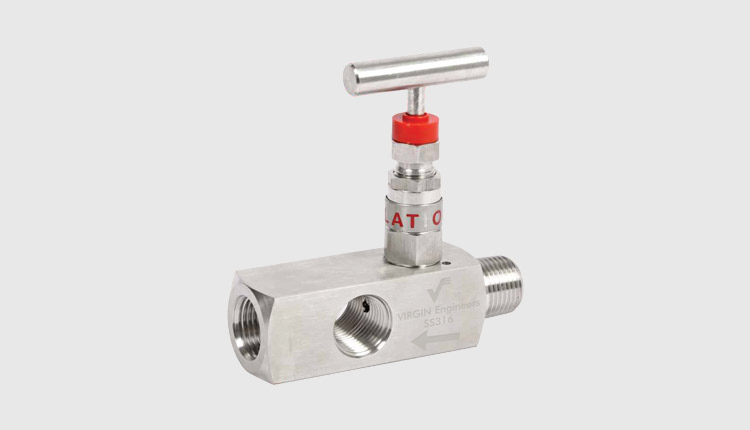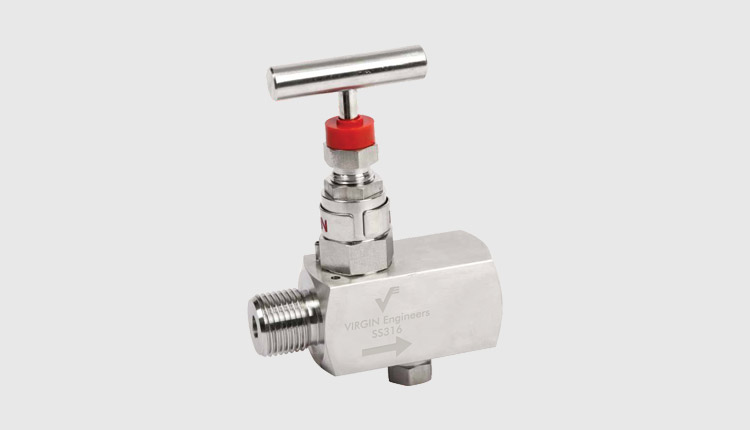Carbon steel A105N manifold valves are essential in various industries, including oil and gas, petrochemical, and chemical industries. Proper maintenance is crucial to ensure optimum performance and reliability of these valves. This blog post will discuss the essential maintenance tips for carbon steel A105N manifold valves, including cleaning, lubrication, and inspection. What is Carbon Steel…
Category: valves blog
Expert’s Guide to Stainless Steel 321 Manifold Valves
Stainless Steel 321 manifold valves are essential components in various industrial applications. These valves are highly versatile and can be used in various ways, so it’s important to understand their features and benefits to select the right one for your specific requirements. In this blog post, we’ll dive deep into the characteristics that make Stainless…
Differences Between Ball Valves and Needle Valves
Valve refers to an object that controls the flow of gas, liquids, or steam. Glassware, plastic, and metal are typically used as components. The purpose of valves is to direct the flow of water through pipes. They frequently build up pressure inside of them, which is then released to force the liquid out of the…
A Guide To Selecting Instrumentation Valves
Stainless Steel Instrumentation Ball Valves The ball used in this type of valve has a hole through which the fluid flows, and when the valve is closed, this hole is aligned with the pipe allowing flow to continue. When the valve is open, however, the sphere turns so that the opening is no longer aligned…
Types and Advantages of Manifold Valves
An important component of fluid-based industrial systems is the valve. These valves fulfill several duties, including regulating high-pressure fluid flow and adjusting pressure. There are various types of check and needle valves depending on their intended use. Check valves, high-pressure needle valves, ball valves, toggle valves, and purge valves are the most common. Two or…
A Detailed Description Of Incoloy 825 Needle Valve
Incoloy is from the family of super alloys. Incoloy alloys have a nickel-iron-chromium composition that provides good strength and resistance to carburization and oxidation when exposed to high temperatures. Thus, it is used to make various products. In this blog, we will learn more about one such Incoloy product i.e. Incoloy 825 needle valve. WHAT IS INCOLOY…
How Do a Stainless Steel Needle Valve Work And Its Uses
A needle valve is a type of valve that can be used to regulate or complete the isolation of the fluid. The unique feature of the valve is the structure of a small plunger with the shape of a Needle. The plunger features a small handle to operate in the easy and precise operation of…
What Is Stainless Steel 316 Needle Valve?
A SS 316 Needle Valve has a comparable small orifice with a long, tapered seat. In addition, the Ss-1rs6 Needle Valve also has a needle-shaped plunger at the end of a screw. The plunger used in the Stainless Steel Integral Bonnet Needle Valve exactly fits the seat. A versatile and popular alloy, the Stainless Steel 316 Needle Valve, depending on the grade…
Functions and Uses of SS 304 Needle Valve
A valve is a device or natural object that opens, closes, or partially obstructs various passageways to regulate, direct, or control the fluid flow. Stainless steel of grade 304 is austenitic. It contains a minimum of 18% chromium and 8% nickel and a maximum of 0.08 percent carbon. A Chromium-Nickel austenitic alloy is generally what…
Why Use A Ball Valve Versus a Globe Valve?
A valve is a device that controls, directs or regulates the flow of a fluid (gases, liquids, fluidized solids, or slurries) by opening, closing, or partially obstructing various passageways. Various types of valves are available: gate, globe, diaphragm, pinch, pressure relief, plug, ball, butterfly, and check, control valves, etc. Each of these types has a…

